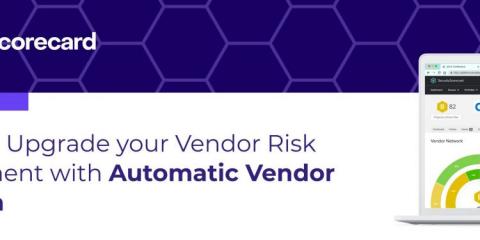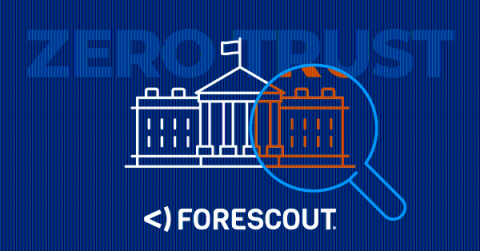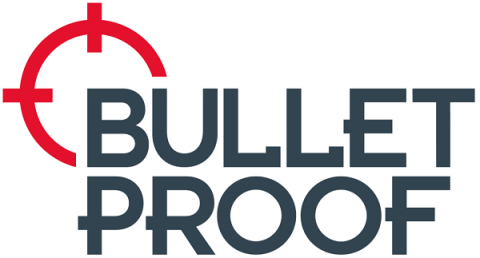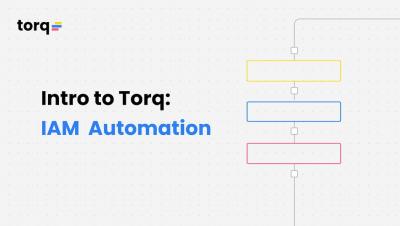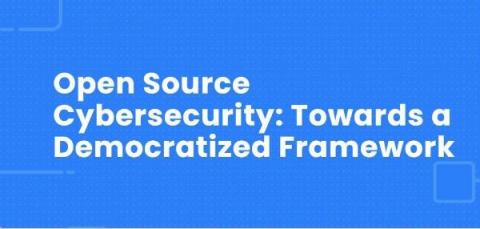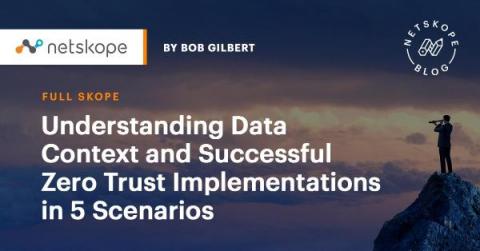3 Ways to take your Third- and Fourth-Party Risk Management to the Next Level with Automatic Vendor Detection
Vendors are a key part of every business and, therefore, every organization’s security. Yet, one of the biggest challenges for security and third-party risk management teams is tracking down their vendors. It’s no wonder that 65% of organizations don’t know which third parties have access to their most sensitive data. On top of that, vendor risk management teams need to worry about who their vendors’ vendors are – namely their fourth parties.


